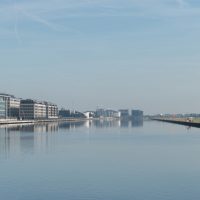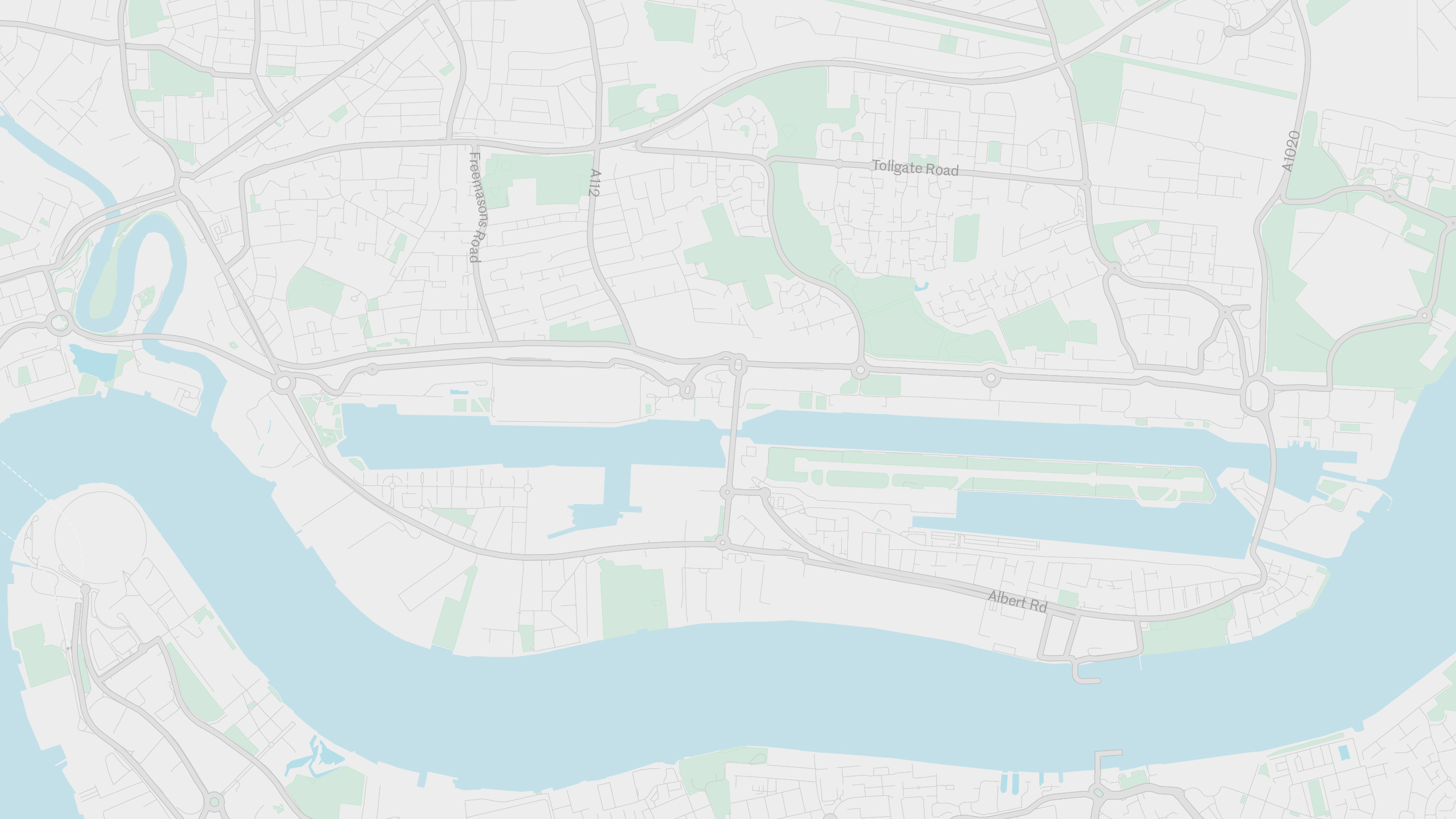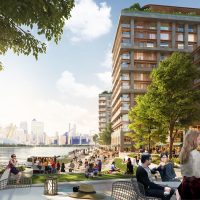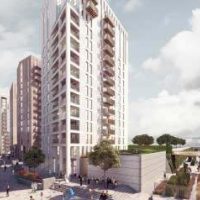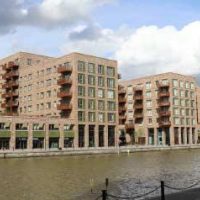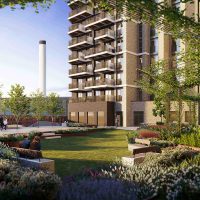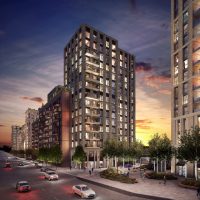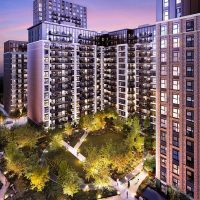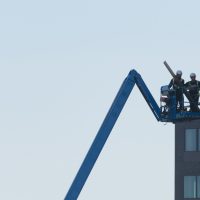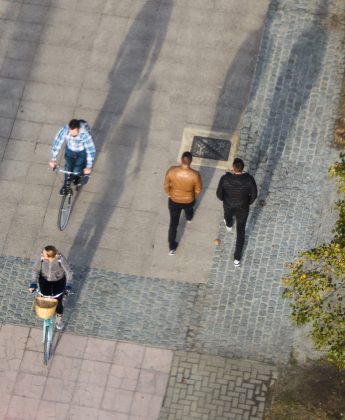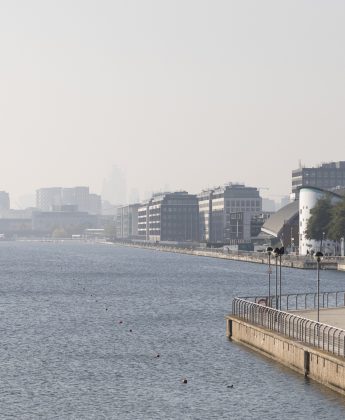
Why the Royal Docks?
The Royal Docks is embarking on an exciting new chapter, with over £5bn being invested in the area over the next 20 years. Here’s the full story on how the Royal Docks offers a different way to live, work, and invest in London.
The space to succeed and grow
At over 1,200 acres of land, with 250 acres of water and nearly 12 miles of waterfront, the area is the most important and most exciting regeneration project in London. Uniquely, it is also the meeting point of two growth corridors, an Opportunity Area, and London’s only Enterprise Zone, making it poised for rapid growth.
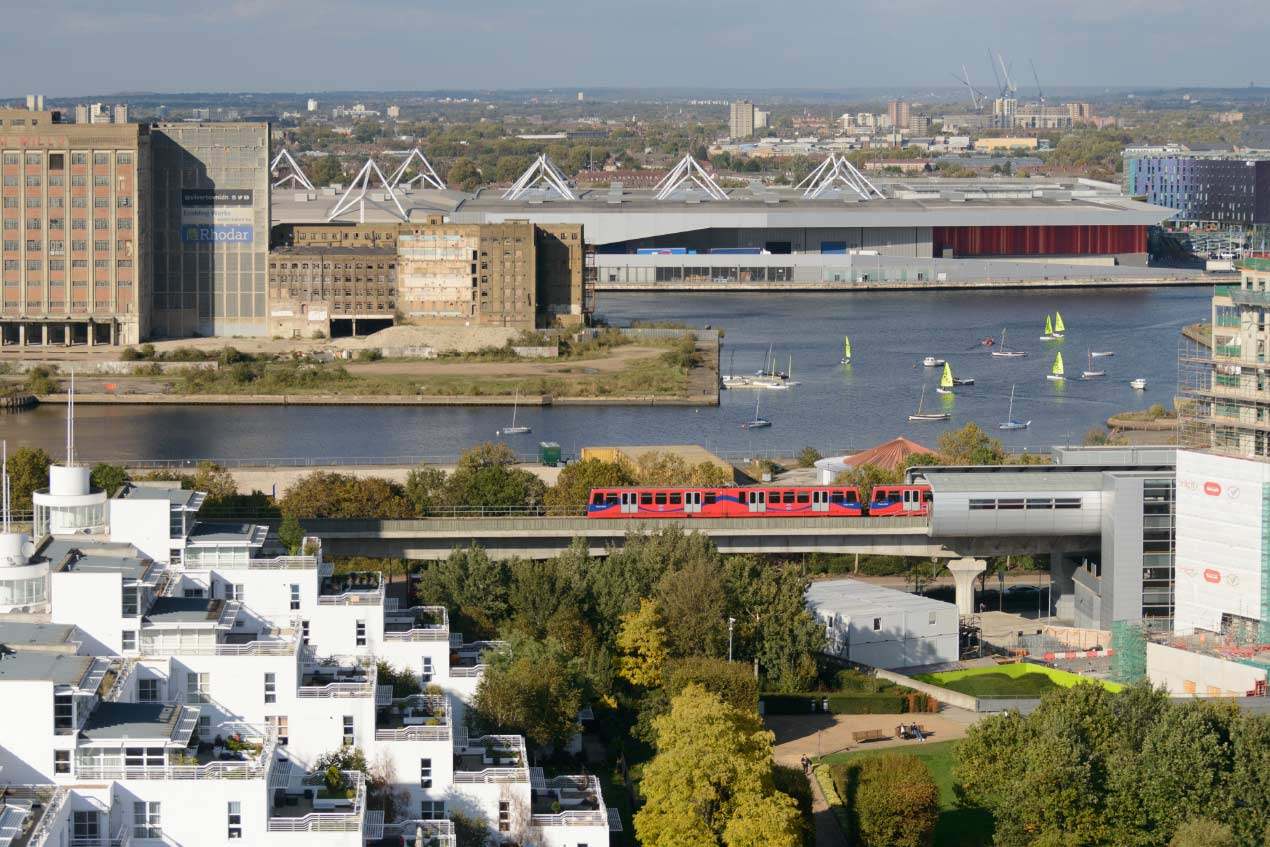
A flourishing and diverse commercial district
Giants of industry have formed and flourished in the Royal Docks, including ExCeL, Siemens, and perhaps most famously, iconic sugar brand and cultural patrons Tate & Lyle. But they are also being joined by startups and SMEs pioneering the fields of fashion, set design and art – to list but three examples.
36,000 new homes
and 55,000 new jobs
within the next 20 years
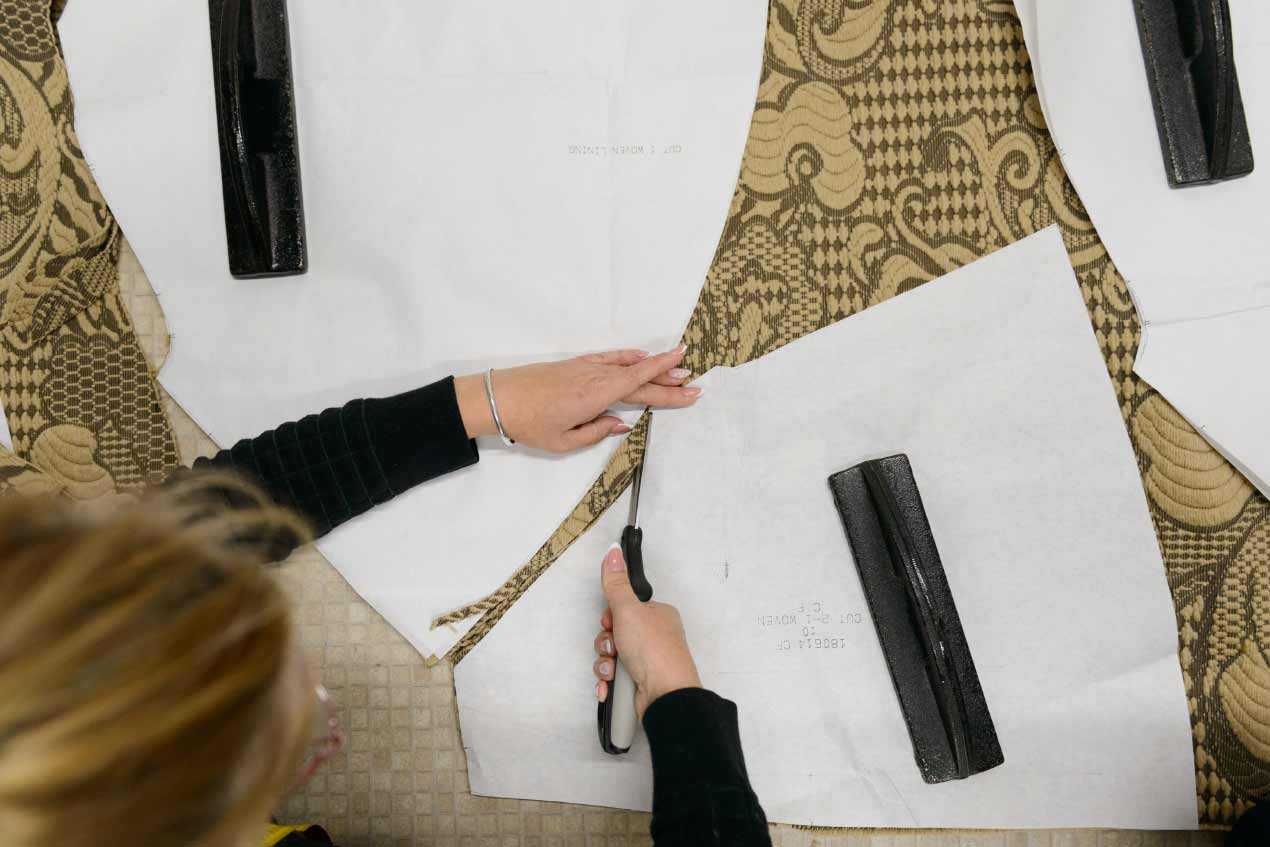
A productive and creative work ecosystem
The future Royal Docks will include studios, makers’ yards, co-working spaces, and potentially even a cutting-edge shipyard for the Thames – a sensitive blend that makes it one of the most productive and creative ecosystems for new and growing businesses in the region. There are also plans for a brand new cultural venue for London.

London’s only Enterprise Zone
Enterprise Zones are engines of the UK economy, providing tax breaks and business incentives. Our zone includes three developments, creating seven million sq ft of commercial space, 41,5000 new jobs and 30,000 homes.
A £314 million investment package was approved by the Mayor of London in 2018 to help accelerate regeneration
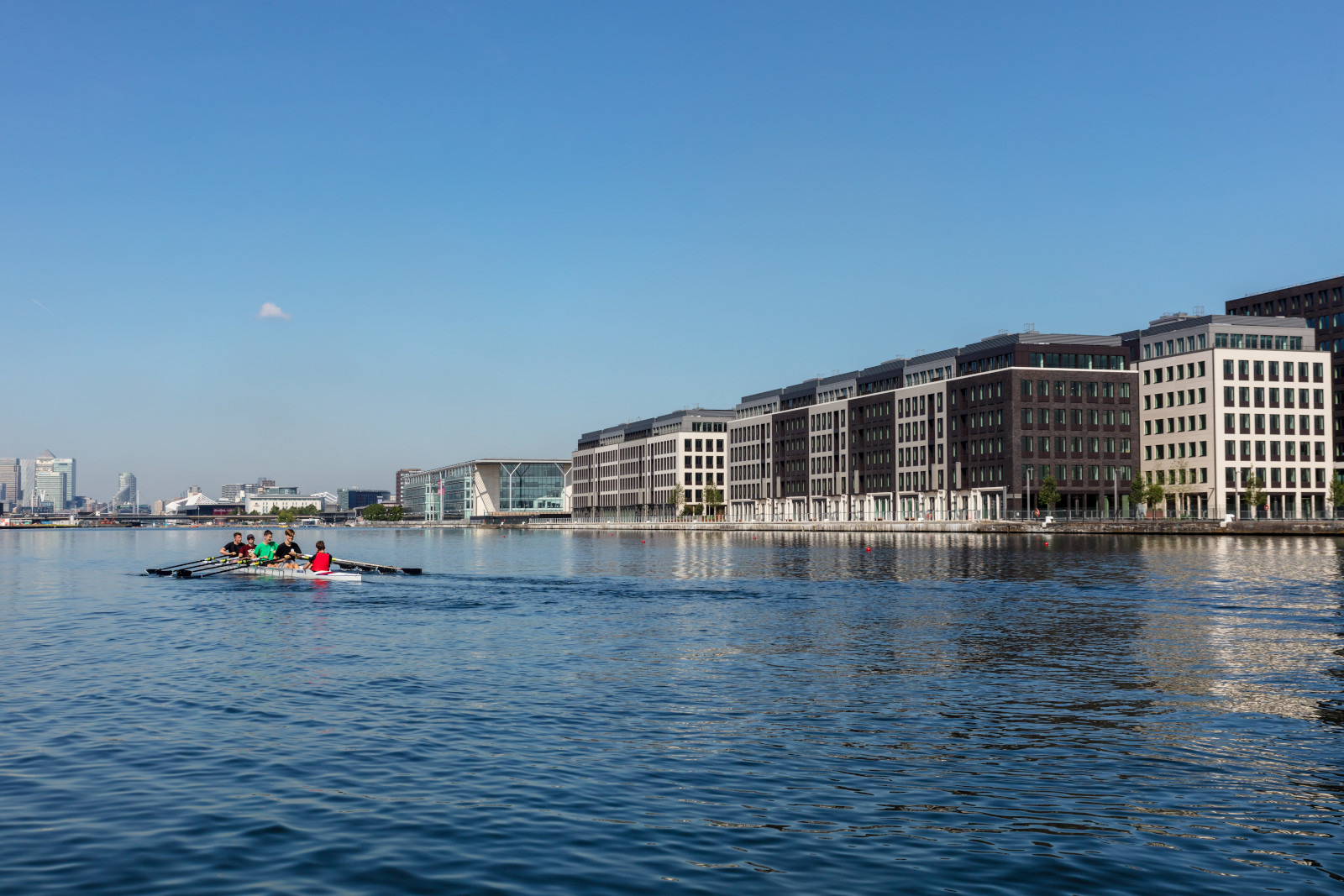
A regeneration exemplar
450 acres at the centre of the Royal Docks is under public sector ownership — and the Royal Docks team is a joint initiative from the Mayor of London and Mayor of Newham working collaboratively with key stakeholders and local communities to ensure the area’s successful transformation.
This offers a rare opportunity to ensure that regeneration delivers genuine benefits to the local area. Over the whole of the Royal Docks, this includes thousands of new and affordable homes, new jobs, new workspaces for SMEs and growing businesses, schools, surgeries, parks, leisure facilities, cultural programming and community initiatives.
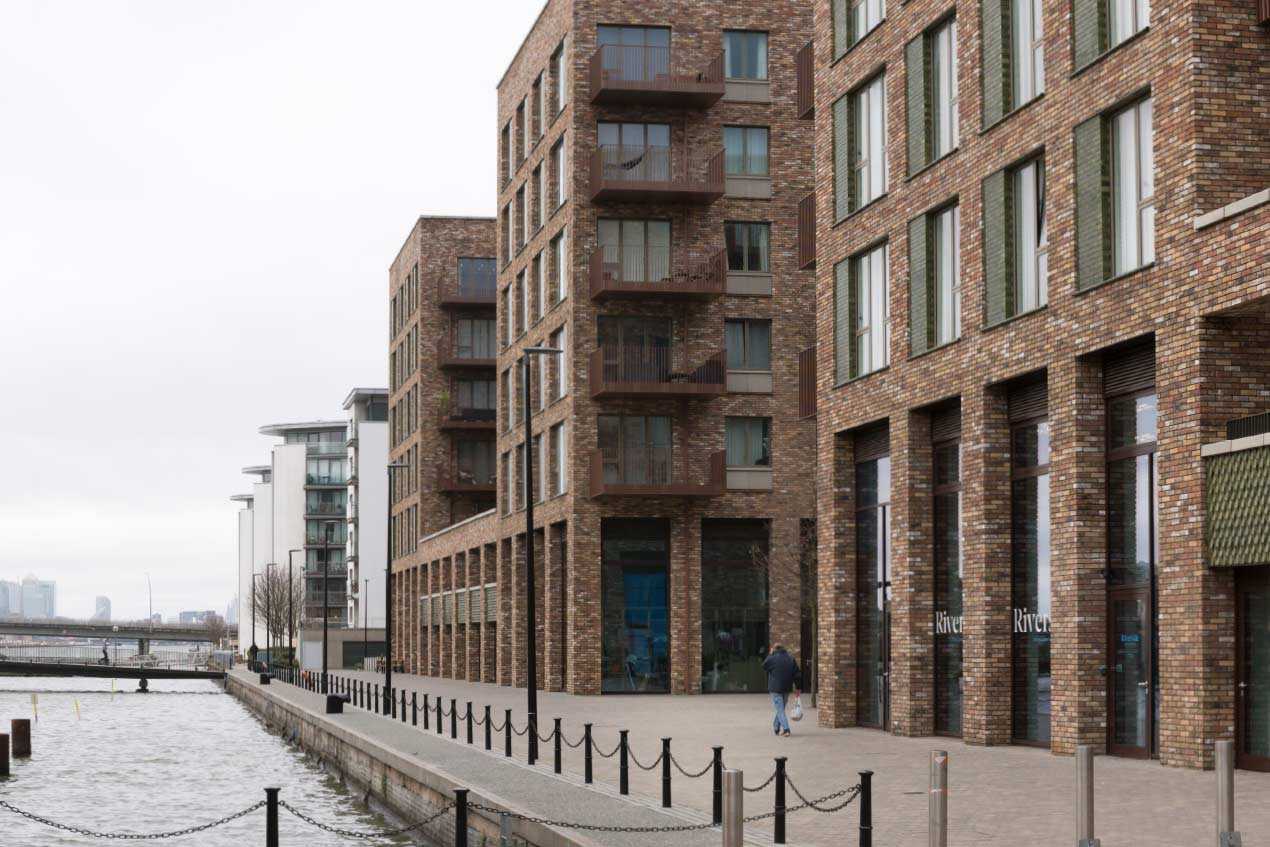
Our role as a global gateway grows
The Royal Docks is making waves globally. ExCeL represents London's showcase as one of the world's most important exhibition and conference centres. And £500m is also being invested in London City Airport, as it expands its links with and routes to the Middle East and northeast USA.
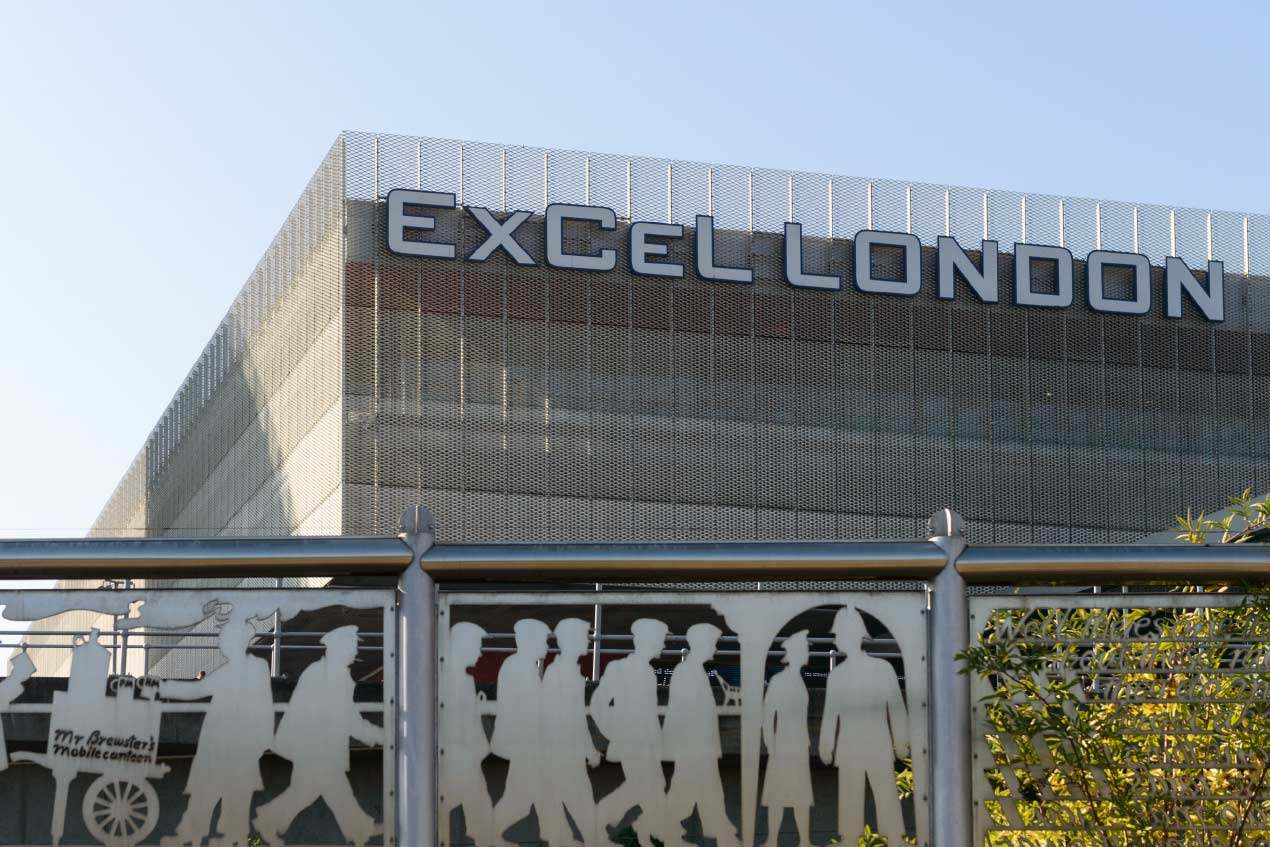
Major transport interchange and investments
The Elizabeth Line is now open at Custom House, strengthening our direct links across the city. The launch adds to decades of investment that have seen the arrival of the Jubilee Line, IFS Cable Car, and the DLR, which will also be receiving 43 new trains. The new £1bn Silvertown Tunnel will open in 2025.
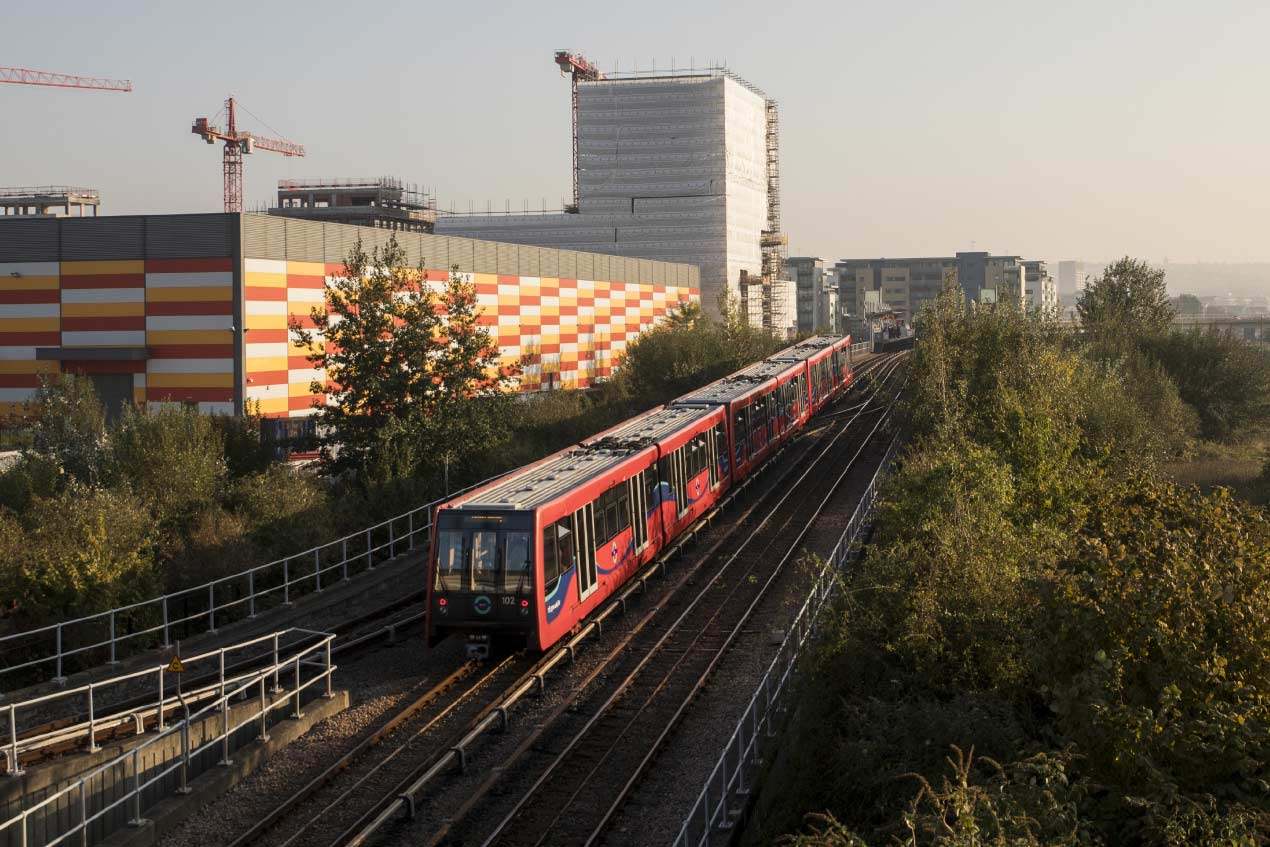
Travel times
minutes from Custom House
Royal Docks on the
Elizabeth Line
-
- Heathrow
- 52
-
- Paddington
- 21
-
- Bond Street
- 17
-
- Farringdon
- 12
-
- Liverpool Street
- 10
-
- Custom House
Royal Docks
- Custom House
-
- Woolwich
Arsenal - 4
- Woolwich
A world-leading waterfront for work and play
Once the largest enclosed docks in the world, our 250 acres of water remain the area’s most enduring asset and one that is set to be transformed. With radical improvements, we aim to bring London back to its water, adding to the Royal Docks' famous watersports and wild swimming offer.
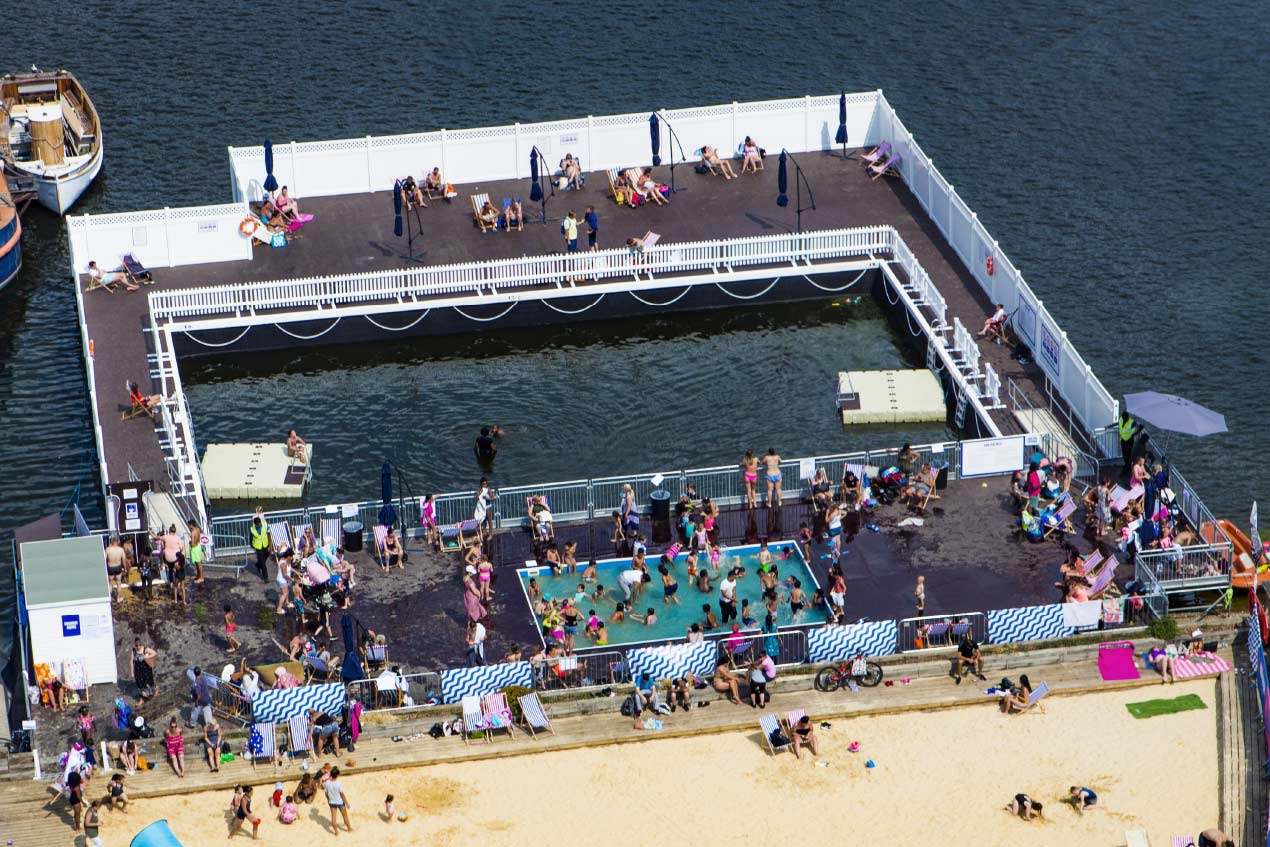
Our unique industrial London landscape
Built at an unprecedented scale in the late 19th and early 20th centuries, the Royal Docks includes a range of listed historical buildings, from the preserved dockworkers' canteen to the iconic Millennium Mills. This derelict flour mill is currently undergoing major renovation as part of the £3.5bn redevelopment of Silvertown and looks set to stage London’s creative future.
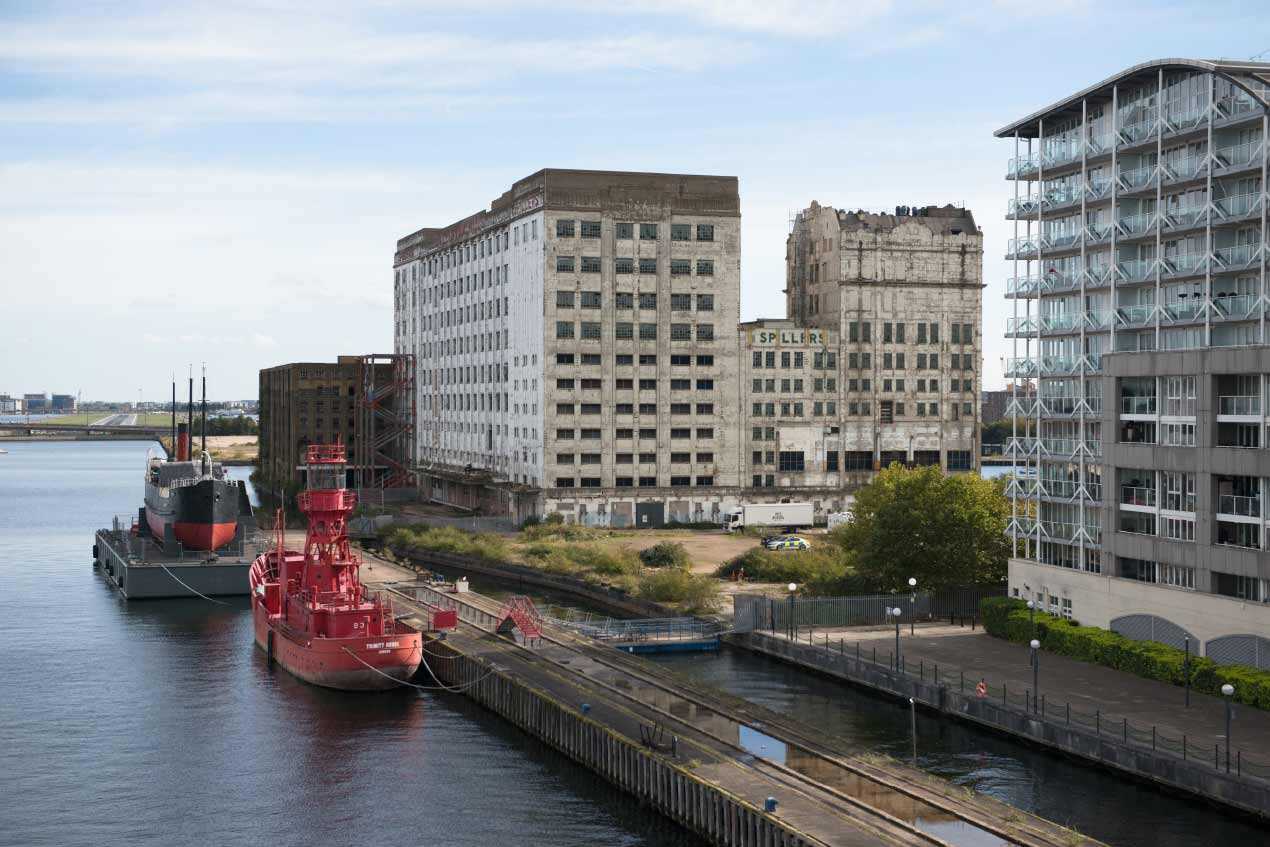
The young, dynamic, and diverse borough
Newham’s population is one of the area’s greatest assets. The Royal Docks team is working closely with Newham Council to ensure that regeneration improves education, employment and business opportunity for existing residents.

The team
We are the Royal Docks team, a joint initiative from the Mayor of London and Mayor of Newham.
The Royal Docks is London’s most important and ambitious regeneration project and the team — established in 2017 — is working collaboratively with key stakeholders and local communities in the Royal Docks to ensure the area’s successful transformation.
In June 2018, a £314 million investment programme for the Royal Docks was given the green light. The planned investment will revive the Royal Docks into a world-leading business and visitor destination – generating thousands of new homes, workspaces and highly-skilled jobs over the next five years.
The developments
Thousands of new homes and workspaces are in development across a number of brand new, mixed-use neighbourhoods. Find out more about all the developments in the Royal Docks.
Or download our Development Guide - Transforming the Royal Docks: A Guide to our Developments
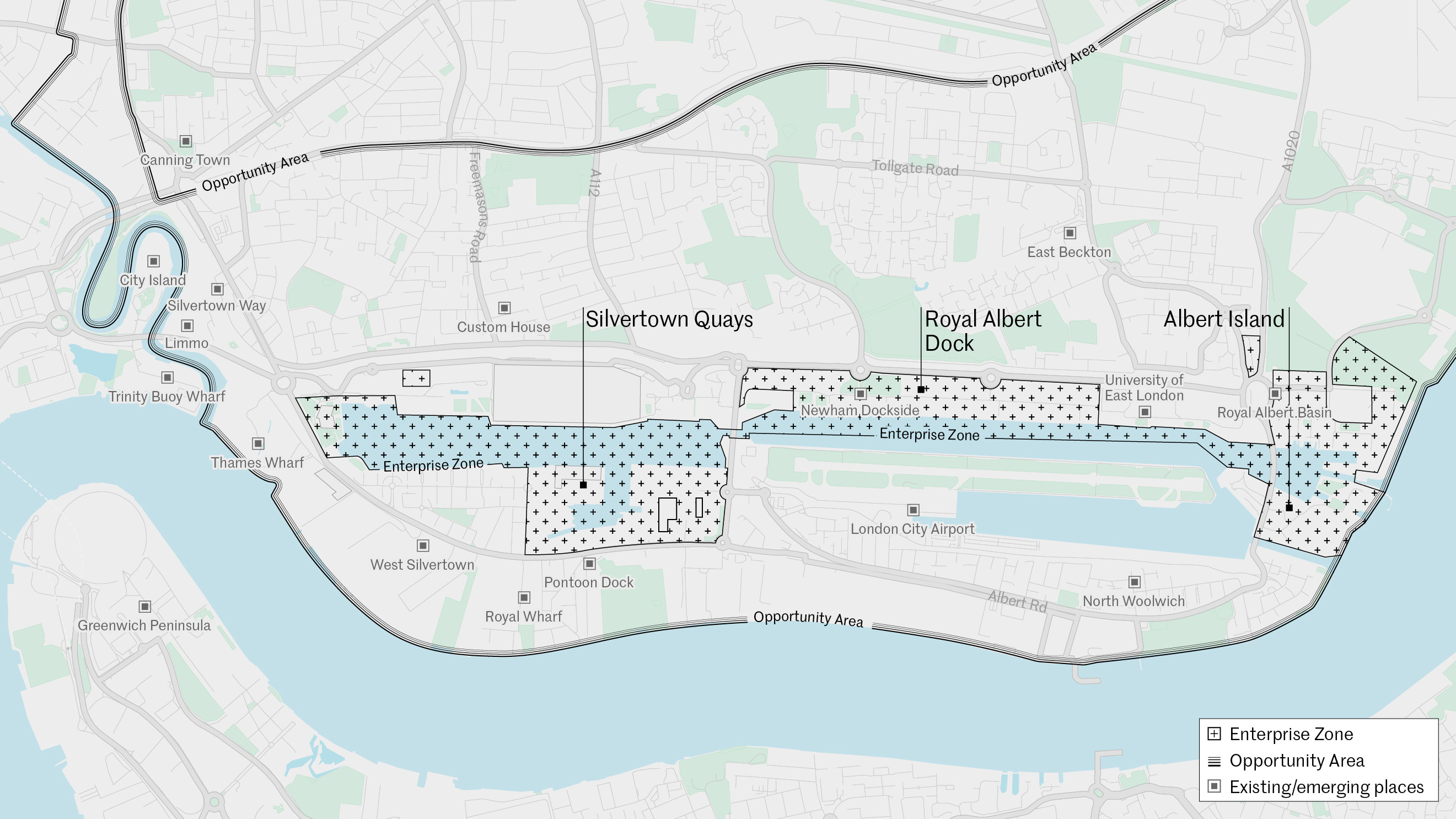

Enterprise Zone & Opportunity Area
In the Enterprise Zone
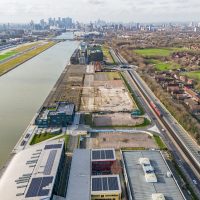
Royal Albert Dock
Royal Albert Dock is one of London’s most significant regeneration opportunities, offering up to 400,000 sqm of new development potential across a 30 acre site. This unique Site is distinguished not only by its scale, but also the opportunity to curate a vibrant new mixed-use neighbourhood at the heart of London’s move Eastwards.
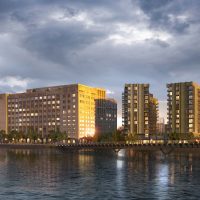
Silvertown
One of the most distinctive and historic parts of the Royal Docks, Silvertown is on the cusp of revival as a new waterside location for London. The Silvertown regeneration project, led by Lendlease and Starwood Capital, will provide a significant number of offices and workspaces, with c 6,500 homes, a significant proportion being affordable. This 50-acre site around Pontoon Dock is home to the historic Millennium Mills, an iconic 20th century flour mill, and the distinctive Grade II-listed Silo D, both of which will be restored as part of the development. These buildings have featured in many films, television shows and music videos. We are bringing new life to this impressive place by creating a high-quality, mixed-use destination across six distinctive areas. Silvertown will have a total of 7 million sq ft of residential and commercial space, public parks and improved access to the water including the new Silvertown Bridge.
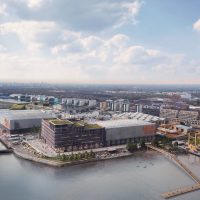
Albert Island
Albert Island takes the Royal Docks’ maritime heritage into the future with mixed- use industrial, commercial boatyard and marina – this will be the first new shipyard on the Thames for over a century. Life on the water will be central to this new development, built with sustainability at its core.
